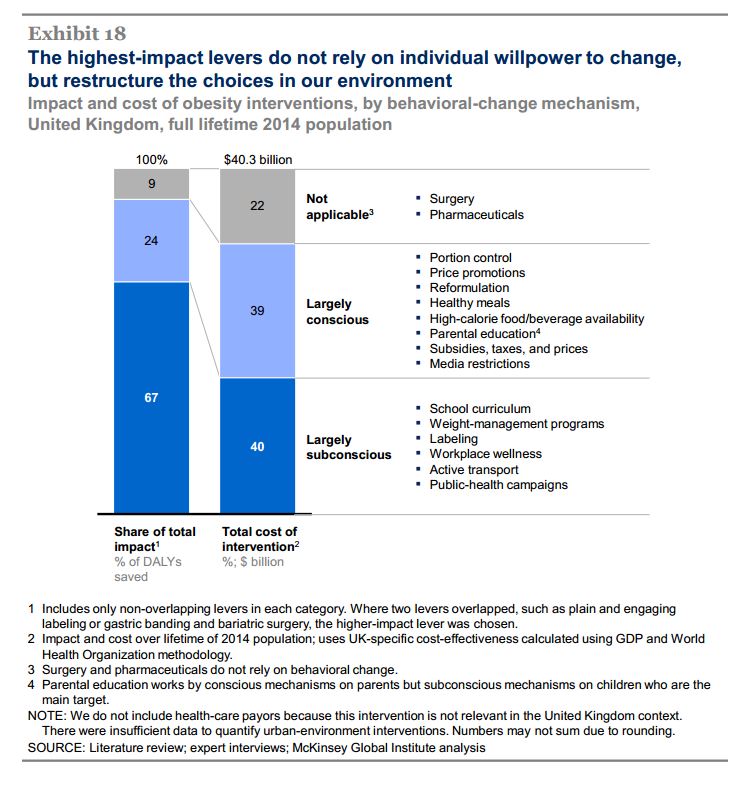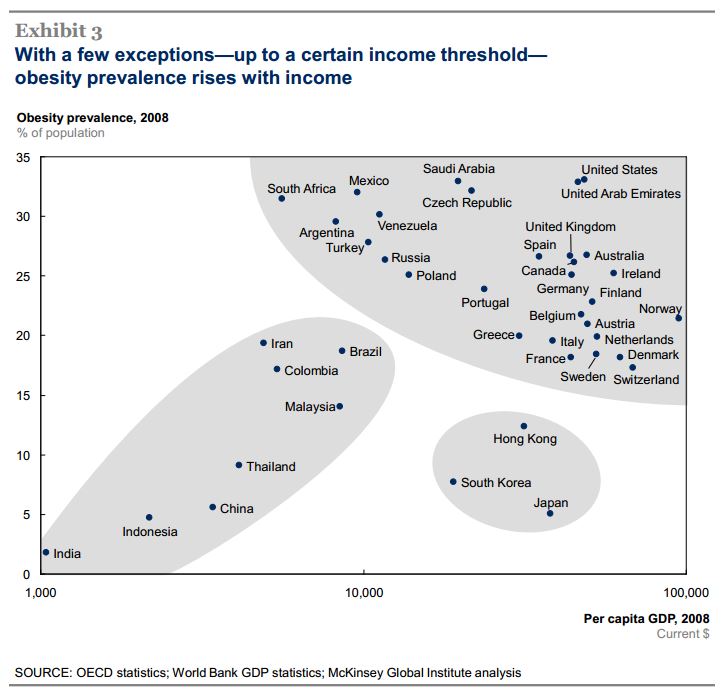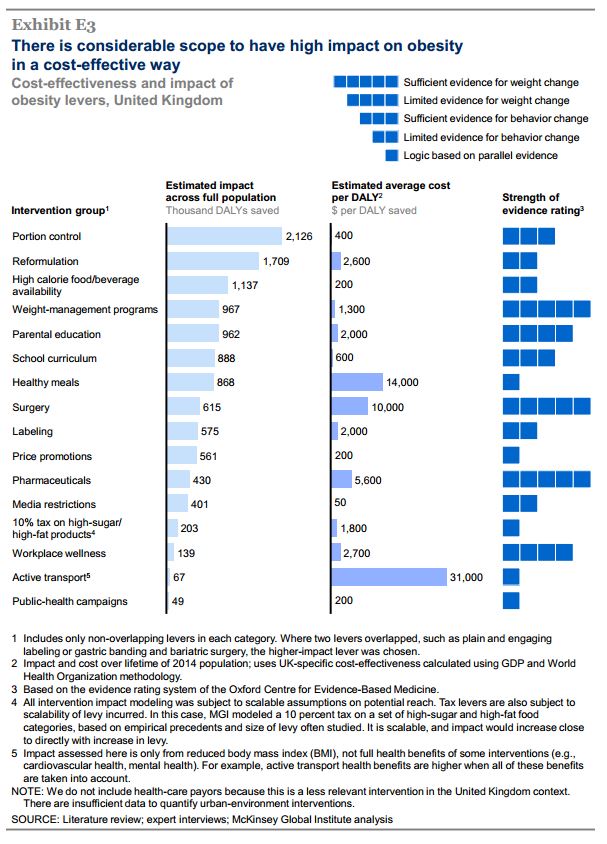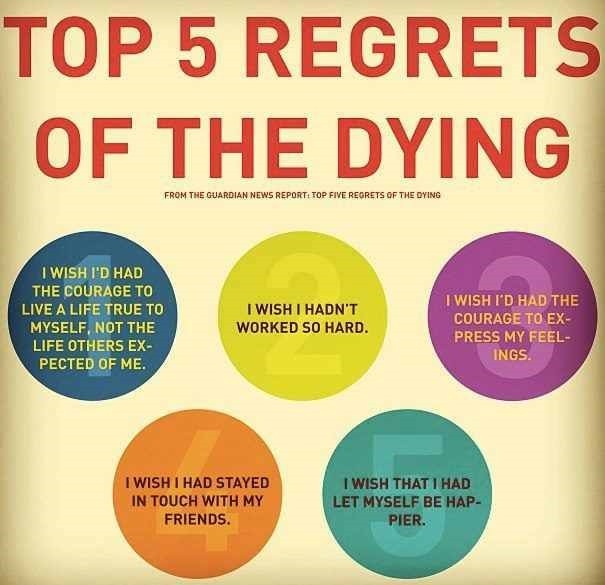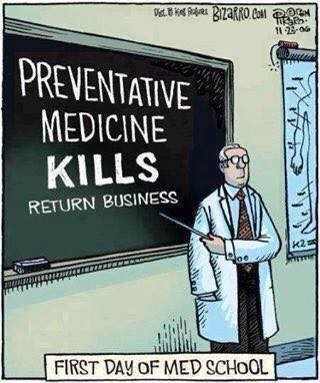The US healthcare industry is undergoing a major transformation as healthcare reform encourages consumers to play a far more active decision-making role. Yet despite this traditionally business-to-business industry moving quickly to a business-to-consumer model, companies have been slow to join the digital movement. Unlike successful B2C companies in other industries—which offer mobile solutions, provide personalized product recommendations, and empower customer-service agents with a 360-degree view of the customer—most healthcare providers and payors are lagging, as are pharmaceutical companies and medical-device manufacturers. That’s problematic when customers are increasingly expecting a better, more personalized experience from companies taking advantage of the host of digital tools and analytics at their disposal.
Healthcare is not immune to this reality. The sudden increase in the individual marketthrough the creation of exchanges and growth in Medicare Advantage has forced US payors to adopt some of these digital tools, while the growing cost burden for healthcare absorbed by consumers inspires many would-be patients to jump on the web or social networks to conduct research. So why, with a few exceptions, are pharmaceutical and device companies taking a “wait and watch” approach? Government agencies, payors, disease advocates, and disrupters are launching digital solutions that threaten product sales and take advantage of the opportunity to respond to patient needs. This role should be a natural extension for pharmaceutical and medical-device companies, and we have identified five compelling reasons they must get moving before it is too late.
1. Patient behavior is changing
As with many other industries, consumers in the healthcare sector are becoming more informed, empowered, and demanding. The vast majority of connected patients are using an array of digital tools to take control of their health and the healthcare services they access and buy: more than 70 percent of patients who are online in the United States use the Internet to find healthcare information, and more than 40 percent of people who diagnosed their condition through online research had it confirmed by a physician.Patients arm themselves with information about product safety and efficacy gleaned from websites and online communities such as PatientsLikeMe, pore over cost and quality indicators from healthcare start-ups such as Castlight Health or HealthGrades, and comparison shop using information synthesized by their insurance providers.
The more that healthcare data becomes digitally accessible, the more patients will use it to weigh—and potentially reject—expensive healthcare treatments. This is particularly true in the United States, where patients pay a greater percentage of the cost of their drug therapies (25 percent is not unusual) than they do for other healthcare expenses such as inpatient services. Not surprisingly, these consumers are demanding more information so they can apply the same cost-benefit analysis and research techniques they use to purchase cars or phones when they purchase healthcare; they are also making more informed, rational choices about where they put their money. Data and information about insurance plans, pharmaceutical products, and manufacturers are discussed in a variety of virtual forums. If companies do not join the digital dialogue and influence the conversation, they will lose an opportunity to shape it, and they may be put on the defensive trying to refute the statements made by those that do take part.
2. Government agencies are moving surprisingly quickly
As patient and consumer demand for information grows, the government is beginning to supply healthcare data either directly, through the release of information, or indirectly, by providing incentives for collection and aggregation of relevant clinical data. A recent McKinsey Global Institute report found that healthcare is one of seven sectors that could generate billions of dollars of value per year as companies use open data—machine-readable information made available to others, often free of charge—to develop new products and improve the efficiency and effectiveness of operations.
Government health agencies, from national health services in Asia and Europe to government organizations in the United States, are already harnessing the power of big data to figure out what’s working and what isn’t and encouraging others to do the same. The Health Data Initiative launched in 2010 by the US Department of Health & Human Services (HHS) was one of the first and is still among the most prominent examples. In June 2011, former HHS chief technology officer Todd Park described an ambition to make HHS the “NOAA of health data.” It appears that his vision is becoming reality, as HHS reported that more than 1,000 data sets were available on healthdata.gov at the end of 2013, and the agency’s catalog continues to expand.
The hope is that greater “data liquidity” will both enable more collaborative research among academics and inspire healthcare innovation. Greater access to data is already driving changes in care protocols, allowing the benchmarking of physicians, aiding the identification of clinical best practices, informing the adjustment of benefits and reimbursement structures, and resulting in actual behavioral change. At the federal level in the United States, for example, the recent release by the Centers for Medicare & Medicaid Services of Medicare reimbursements to providers put some physicians on the defensive to explain billing perceived as excessive, and the organization also proposed rescinding the prohibition against releasing prescriber, pharmacy, and plan identifiers related to Medicare Part D payments.
In another example, the new openFDA application-programming-interface initiative for drug-adverse events allows researchers to synthesize, interrogate, and generate insights from a decade (2004–13) of adverse-event reports—an effort that is almost certain to stir conversation. And at the US state level, Arkansas and Tennessee are examining treatment protocols and zeroing in on the relatively small number of care episodes that comprise the majority of medical costs. The states’ shared goal is cutting waste and revising reimbursement policies to encourage high-quality and efficient care.
These efforts mean that providers and manufacturers of drugs and devices only control a small fraction of the data relevant to their work or products. If healthcare follows the path of other consumer-oriented sectors that compete on data analytics, such as high tech and retailing, winners and losers will be determined in part by who makes the best use of the data available and the strongest case for change. Government agencies across the globe are leading the way, and entrepreneurs are taking advantage of government’s interest in facilitating data exchange. However, pharmaceutical and medical-device companies are on the sidelines, leaving others to dictate how information related to their products is used.
3. Trial data is necessary but no longer sufficient
Pharmaceutical companies have used data generated from long-running randomized controlled trials as the gold standard to demonstrate the efficacy and safety of products and gain regulatory approval or formulary listings. Yet many of their customers—payors, increasingly providers, and even patients—are looking for real-world evidence. Both access to and quality of real-world data are increasing exponentially, spanning everything from patient electronic health records to social platforms, healthcare claims, demographic trends, and genomic insights.
The difference in emphasis by certain stakeholders creates pressure on pharmaceutical companies to respond. As data integration and analyses take precedence over data ownership or sponsorship, competitive advantage will rest with those organizations that innovatively use multiple data sources to uncover true insights. Meeting long-standing requirements regarding clinical-trial data continues to be necessary for approval, but it is no longer enough for other stakeholders when more and more targeted and timely data are available. Consider this: Thomson Reuters found that the number of observational research studies tripled from roughly 80,000 between 1990 to 2000 to more than 263,000 in the following decade from 2001 through 2011.
There is a concerted effort to facilitate collaboration by making more real-world data available at a fairly low cost. Initiatives such as PCORnet, a distributed research network, were launched to advance researchers’ ability to conduct comparative-effectiveness and clinical-outcomes research more efficiently. Aggregating data across “networks of networks” dramatically reduces the cost of observational studies and more quickly generates insights about patient care. Innovative methods enable randomization using real-world data to improve the quality of findings.
Pharmaceutical companies can’t discount observational data because such data already affect product pricing and reimbursement levels. European markets are using real-world evidence to limit reimbursements on new drugs to the competitor’s level until real-world evidence is provided to demonstrate that the new therapy is better. The International Society for Pharmacoeconomics and Outcomes Research reported in 2007 that countries were using reference pricing for new treatments assessed to add little incremental medical value, and real-world data was part of that effectiveness assessment. In short, pharmaceutical companies need a data strategy that reflects the shift in how data are shared and analyzed, as well as a plan to manage all types of data that affect product sales, pricing, and reimbursement.
4. Care is evolving
Healthcare is moving from a focus on addressing point-in-time issues toward coordinated, continuous health management. The need to provide ongoing management of chronic diseases and to predict and prevent severe episodes and events offers new opportunities and places new communication demands on every member of the healthcare team, including pharmaceutical companies. Sensor technology, such as that produced by Proteus Digital Health, allows continuous collection of physiological data (for example, electroencephalograph, electrocardiogram, movement, heart rate, and glucose levels), which could vastly improve disease management by providing real-time status reports that can alert providers to impending patient problems. When scaled broadly, these innovations also may reduce the need for many courses of treatment. Pharmaceutical companies need to be at the forefront of developing “beyond the pill” services that deliver value to patients and evolve from a mind-set that measures success based largely on the number of prescriptions written.
Some innovators already are combining technology-enabled monitoring and insight to deliver new solutions to patients. Propeller Health inserted GPS technology in inhalers to identify environmental triggers that caused asthma sufferers to use their device, thus allowing consumers to head off severe attacks. Similarly, a pharmaceutical company that made a pain medication equipped patients with Jawbone devices to continuously capture patient mobility. This showed that patients experienced greater relief that allowed them to increase their movement, even if they did not report lower pain scores. The evidence was used to convince payors to relist the pain medication on formularies.
Not all wraparound services rely on new technology. Telemedicine outreach and coaching efforts by nurses at one of the largest government hospital systems in the United States dramatically reduced the risk of complications from conditions such as diabetes.
Whether low or high tech, patient services aimed at preventing acute episodes or supporting compliance deliver significant benefits to patients. Pharmaceutical companies that remain fixated solely on prescription volume, rather than on sustaining relationships between a brand and patients, risk ceding the role of trusted provider to others. For industry participants to thrive in the digital era, they must build a broader menu of service offerings instead of merely using technology solutions to increase prescriptions.
5. Competition is faster and fiercer
Technology cycles are getting shorter and the cost of experimentation cheaper. The run-up to the passage of the Health Information Technology for Economic and Clinical Health Act in 2009 and Affordable Care Act in 2010 saw significant investment in companies developing systems, solutions, or applications to support electronic health records. From 2010 to the end of 2013, seed and Series A–stage healthcare investments continued to grow, multiplying fivefold in the United States in that time. In the first half of 2014, investors spent $2.3 billion, with more than 140 digital companies each raising more than $2 million, as the investment focus shifted from providers of electronic-health-records solutions to developers of consumer-oriented applications, makers of wearable health technology, and health data and analytics. There are thousands of healthcare-related apps available from the US Apple App Store, but only a fraction are patient facing with genuine health content, according to a new study from the IMS Institute for Healthcare Informatics. The recent announcement of the Apple Watch and the company’s release of its HealthKit developer tool are likely to increase the variety of functions and number of health-related apps that are available.
Google Glass is the most high-profile wearable being tested for numerous healthcare applications—for example, surgeons are using it to facilitate and record operations, office physicians are reducing interruptions in patient engagement by retrieving and sending information to electronic medical records through the device, and emergency-medicine physicians are getting specialist consults by transmitting video or images taken by Glass. Beyond Google, Intel acquired BASIS Science, MC10 raised a $41.9 million investment, and Proteus raised $183.4 million to develop its line of sensor-based products. Services or applications that facilitate consumer communication with doctors such as Doctor on Demand and HealthTap+ also secured financing.
These new entrants to the healthcare sector have different ways of thinking about solving healthcare problems and using proven agile iterative techniques to bring products to market rapidly and in iterations as improvements are made. Pharmaceutical companies need to recognize the value and impact of these disrupters and learn from them.
Digitally enabled healthcare is here, and most pharmaceutical companies aren’t ready. Despite access to unprecedented data and technologies that can be used to drive better health outcomes by influencing customer behavior, few are truly exploring digital-engagement models. The opportunity to learn more about consumers and develop better, more targeted products and services far outweighs the threat digitization presents companies—for now. Unless incumbent pharmaceutical companies move quickly, innovative competitors may grab a greater share of benefits and stronger customer loyalty.
About the authors
Sastry Chilukuri and Rena Rosenberg are principals in McKinsey’s New Jersey office, where Steve Van Kuiken is a director.
The authors wish to thank Elizabeth Doshi for her contribution to this article.


